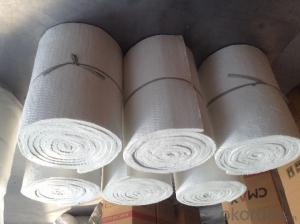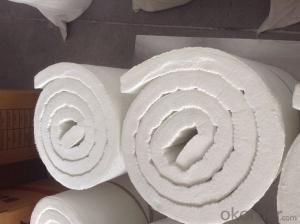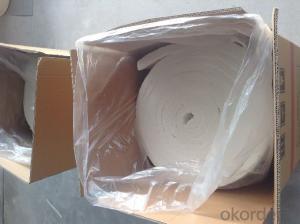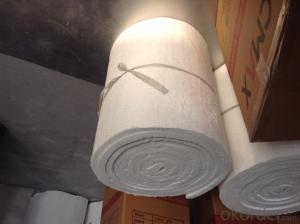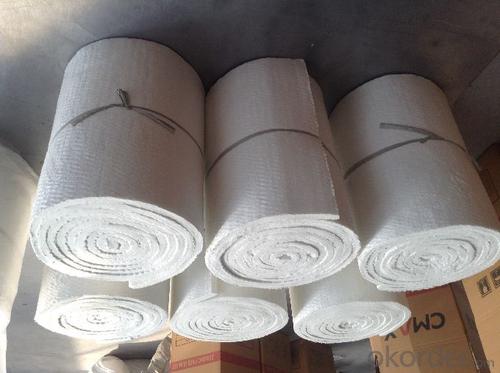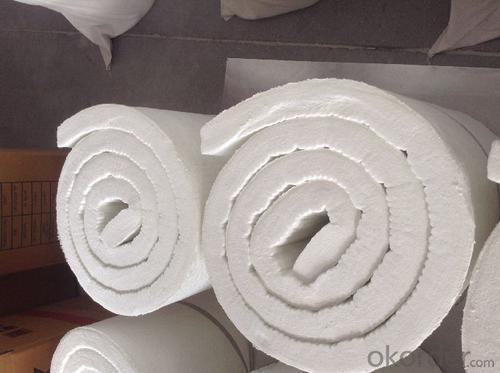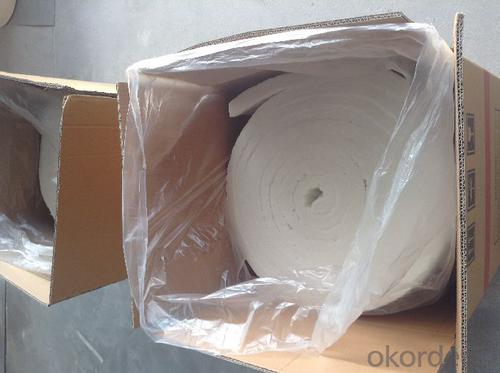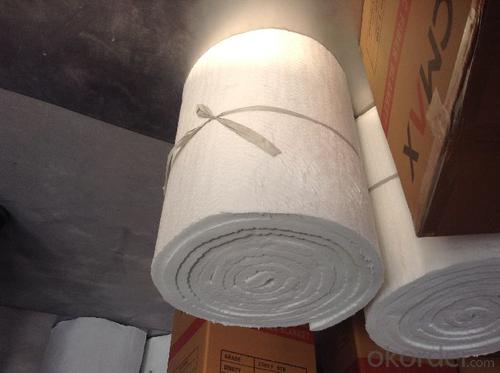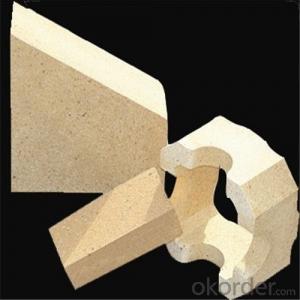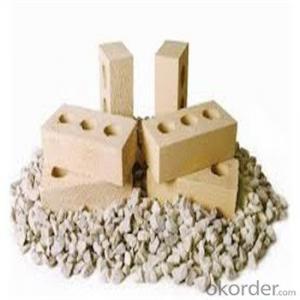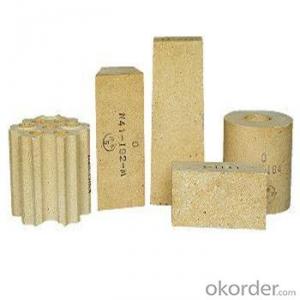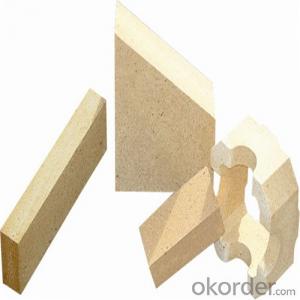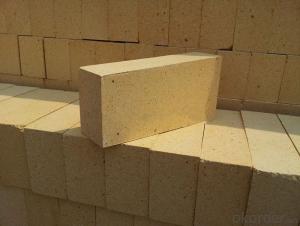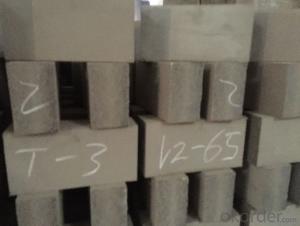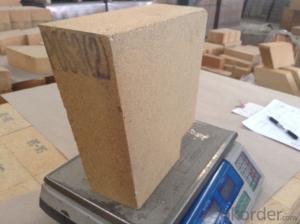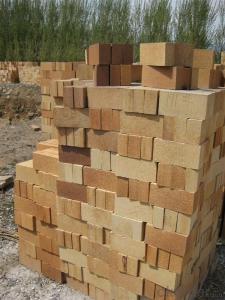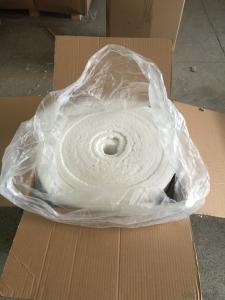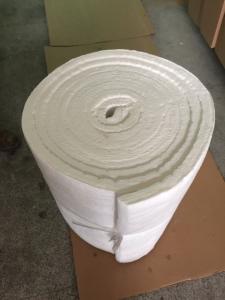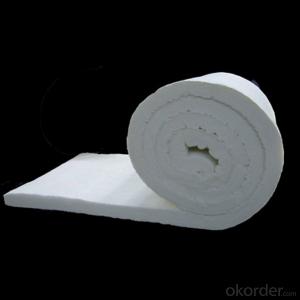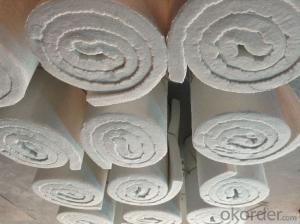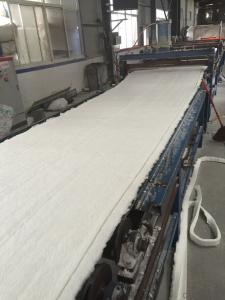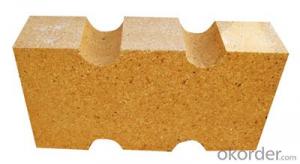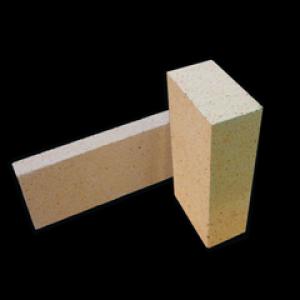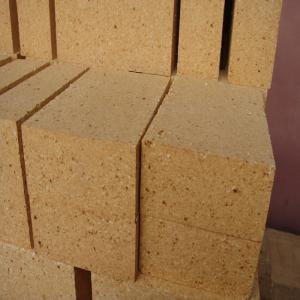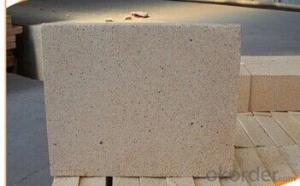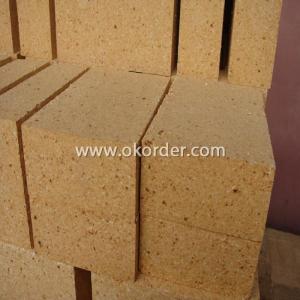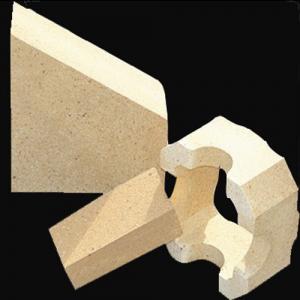Fireclay Brick Ceramic Fiber Blanket Refractory Blanket 1350C
- Loading Port:
- Qingdao
- Payment Terms:
- TT OR LC
- Min Order Qty:
- 225 roll
- Supply Capability:
- 31500 roll/month
OKorder Service Pledge
OKorder Financial Service
You Might Also Like
General information:
Cmax ceramic fiber blanket is made from high quality gao-ling clay, high purity alumina and silica oxides by spun or blown process. It is asbestos free. No chemical binder is added. Double-size needling provides blanket with great tensile or handling strength for easy installation. Blankets are available in various classified temperature from 1260ºC to 1430ºC.
Cmax ceramic fibre blanket is resistant to most chemicals attack except hydrofluoric phosphoric acid and high pH alkali(na2o or k2o). Its thermal and physical properties can not be affected by oil, steam and water, very good thermal insulating materials.
Advantages:
Heat reflectance
Light weight
Low thermal conductivity
Low heat storage
Flexible
Resilient to thermal stock
High tensile strength
Corrosion resistance
Easy to install
Asbestos free
Application:
Petrochemical process heater refractory fiber lining
Heat treating furnace or intermittent (shuttle) kiln hot face lining
General furnace backup insulation
Heat seals for kiln car or furnace door
Electrical insulator
High temperature acoustic
Fire protection
Non-standard sizes are available upon request.
This information, subject to change, is offered solely for your consideration. Users of our products should make their own tests to determine the suitability of each product for their particular purposes.
| TECHNIQUE DATA | |||||||
| STD | HP | HA | HZ | ||||
| CLASSIFICATION TEMPERATURE(C) | 1260 | 1260 | 1350 | 1450 | |||
| WORKING TEMPERATURE(C) | 1000 | 1050 | 1200 | 1350 | |||
| COLOR | WHITE | WHITE | WHITE | WHITE | |||
| BULK DENSITY(kg/m 3 ) | 96/128 | 96/128 | 96/128 | 96/129 | |||
| THERMAL SHRINKAGE 24HRS (Density 128kg/m 3 ) | ≤ 3 | ≤ 3 | ≤ 3.5 | ≤ 3.5 | |||
| THERMAL CONDUCTIVITY(W/m. k) (Density 128kg/m3 ) | |||||||
| 800C | 0.15 | 0.176 | 0.160 | 0.155 | |||
| 1000C | 0.170 | 0.220 | 0.180 | 0.230 | |||
| 1200C | - | - | 0.260 | 0.31 | |||
| CHEMICAL COMPOSITION(%) | |||||||
| Al2O3 | 45-46 | 45-46 | 53-55 | 38-54 | |||
| SiO2+Al2O3 | 98.5 | 99 | 99 | 82-90 | |||
| ZrO2 | - | - | - | 13-18 | |||
| Fe2O3 | ≤ 0.4 | ≤ 0.3 | ≤ 0.3 | ≤ 0.3 | |||
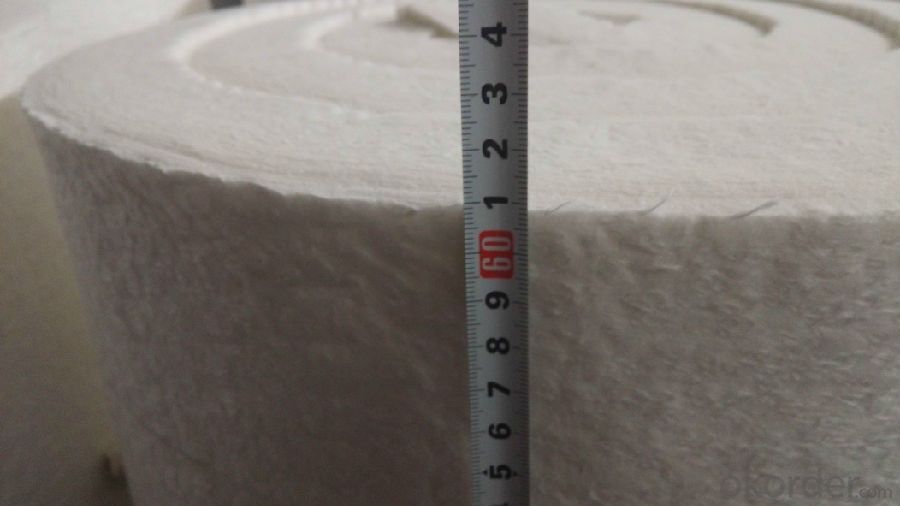
- Q: Should kiln be warmed before the ignition of the new furnace?
- If you don't have to heat up the furnace. The new furnace must be heated up, and the temperature should be increased according to the heating-up furnace curve, so the current situation you meet is appeared
- Q: when to replace the worn refractory bricks in rotary?kiln?
- But also depend on the other conditions of the furnace, many aspects should be understood, not only to see the degree of wear!
- Q: Is the quality of refractory brick influenced if it is soaked by water
- No refractory brick is not afraid of water
- Q: In tunnel kiln, what is the meaning of refractory proportion 2.0?
- That is the volume density of the refractory brick
- Q: How many degrees of refractory brick if its surface turns red, how to test the temperature of refractory brick after it is burnt to red.
- But it depends on materials; for example, if clay brick is pink, it calls underburnt temperature is 700 degrees -900 degrees, paste red is called overdo temperature 1350 degrees -1390 degree, if the color turns heavier, it will be deformation. there are many reasons for refractory bricks sintering
- Q: the refractory brick in glass furnace burner was burning, the bricks on both sides of the fire hole were burning the blocked it, what will cause brick burning?
- The firebrick in glass melting furnace is mainly consisted of zircon brick, other ordinary refractory materials can not effectively prevent the erosion of glass solution. Because the glass melting liquid is eutectic mixture compared to the refractory bricks, it penetrates into the refractory brick and reduces its original performance, simply speaking, the glass melting liquid dissolves the refractory bricks as eutectic mixture .
- Q: Why can't gravity retaining walls be made of clay bricks?
- Gravity retaining walls are usually made of mortar stone, but no clay bricks are used.No, I don't know. It's possible to use clay bricks instead of clay bricks
- Q: What can be applied to the burned refractory brick to resist heat shock?
- Acidic refractory material use monox as the main component, among which cilica brick and clay brick are commonly used. Silica brick is silicious product containing monox more than 93%, whose raw materials include silica, waste silica brick scrap and etc. The acid resistance of slag erosion ability is good, and the softening temperature under a fixed load is high. The volume won't shrink after repeated burning, but even a slight expand; but it is vulnerable to the erosion of basic slag, and has low thermal shock resistance. The silica brick is mainly used for coke oven, glass melting furnace, acid hearth furnace and other thermal equipments. Clay brick uses refractory clay as the main raw material, containing 30% to 46% of aluminuum oxide, belong to weakly acidic refractories. It has good heat shock resistance and corrosion stability to acid slag, and it's widely used. Neutral refractory materials use aluminum oxides, chromium hemitrioxides or carbons as the main components. Corundum products containing more than 95% of alumina is a kind of high quality refractory material with wide application.
- Q: The application of wasted refractory bricks
- Refine waste copper, and waste refractory bricks can be used again, shoot two hawks with one arrow
- Q: MU10 what are the non clay solid bricks?
- Mu10 is the strength grade of bricks, divided into grades MU7.5, 10, 15, 20, 25, 30 and so on. Non clay brick "non sintered clay bricks, such as sand brick, shale brick, cement brick, fly ash brick etc..
Send your message to us
Fireclay Brick Ceramic Fiber Blanket Refractory Blanket 1350C
- Loading Port:
- Qingdao
- Payment Terms:
- TT OR LC
- Min Order Qty:
- 225 roll
- Supply Capability:
- 31500 roll/month
OKorder Service Pledge
OKorder Financial Service
Similar products
Hot products
Hot Searches
Related keywords
